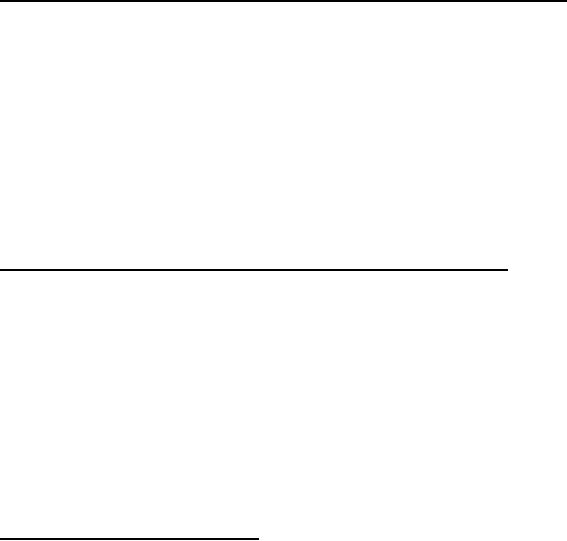
JOTP-011
5 December 2014
APPENDIX H. NON-SEQUENTIAL TESTS/ASSESSMENTS
ANNEX 2. HEALTH HAZARDS
Health hazard data is to be collected during the firing safety tests (see Appendix D, Annex 1). The
hazards to be assessed for surface launched munitions are described below.
H.2-1 ACOUSTIC ENERGY (IMPULSE NOISE AND BLAST OVERPRESSURE).
During firing safety tests, measure blast overpressure and acoustic noise to determine if the shock
wave damages structures and/or injures personnel (especially hearing). Mount the surface
launched weapon in a test firing fixture with the weapon at the normal firing elevation. The firing
position shall be free of any extraneous structures. Position blast overpressure and microphone
sensors at the operator's head and at locations around the weapon. Fire the munition. Record and
analyse impulse noise measurement data. Auditory hazard measurement is addressed by ISO
10843 and MIL-STD-1474. In addition, TR-HFM-090-ANN-H contains a compilation of different
blast overpressure methodologies and analysis. In particular, the Stuhmiller and the Blast
Overpressure - Health Hazards Assessment (BOP-HHA) V2 models are currently used by many
organizations for occupational exposure limits.
H.2-2 TOXIC CHEMICAL SUBSTANCES (COMBUSTION PRODUCTS).
Collect and analyze toxic chemical data during firing tests. Pretest analysis is recommended to
determine most likely combustion products (gaseous and particulate) and their concentrations. The
test design should encompass configurations most likely to produce the greatest toxic fume
hazards. Concentrations of the toxic substances, including CO, CO2, SO2, NO, NO2, HCl, HCN,
and Pb, shall be measured at the operator's face and at other strategic locations. The resulting
values should be presented in the form of concentration versus time curves and integrated over
time to produce the equivalent exposure. The toxic substances under review must be examined by
toxicologists, human factors engineers, physicians and/or ecologists for potential human (exposure
time and dose) health hazards. These hazards shall be evaluated with respect to the envisaged
operational environment and on the basis of pertinent national laws and regulations.
H.2-3 OPTICAL RADIATING ENERGY.
During firing safety tests, ensure a complete optical radiation hazard evaluation of the munitions
exhaust plume is conducted to protect system operator's eyes and skin from potential overexposure
to high intensity optical radiation to include ultraviolet, visible, and infrared nonionizing radiation.
This may be accomplished by installing radiometric sensors in the operator's eye positions
(including one at the operator's eyepiece and any observer location) and aim them along the flight
path of the munition. Deploy photometrically calibrated detectors for several firings as above.
Radiometric data that contain visible spectrum levels may be reduced to provide photometric data.
Obtain measurements of radiation capable of causing a thermal injury at the operator's face
position.
H.2-1
For Parts Inquires call Parts Hangar, Inc (727) 493-0744
© Copyright 2015 Integrated Publishing, Inc.
A Service Disabled Veteran Owned Small Business